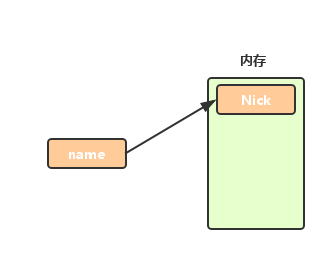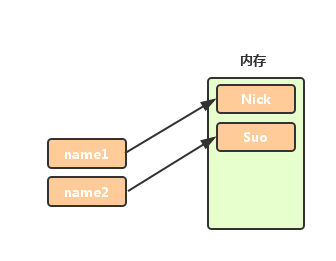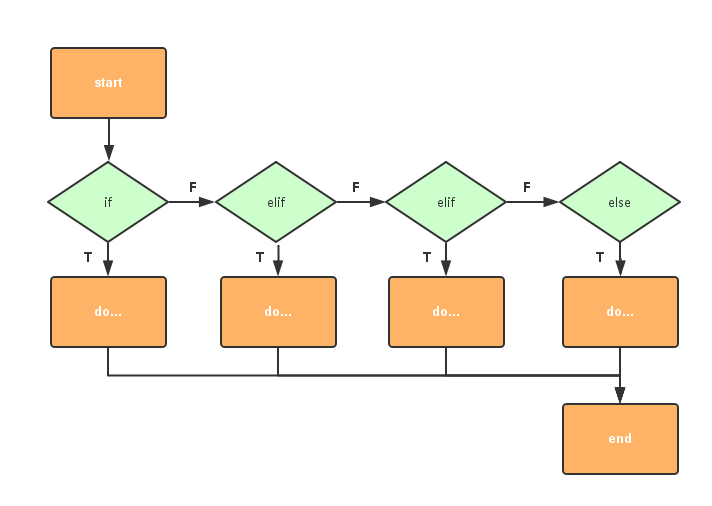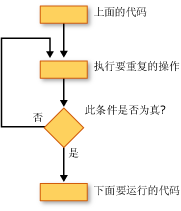Python basics
Contents of this chapter:
- Types of Python
- Python environment
- Getting started with Python (interpreter, coding, pyc file, parameters, variables, input, flow control and indentation, while loop)
- Practice questions
| Types of Python |
|---|
- Cpython
The official version of Python is implemented in C language and is the most widely used. The CPython implementation converts source files (py files) into bytecode files (pyc files), and then runs on the Python virtual machine.
- Jyhton
The Java implementation of Python, Jython will dynamically compile Python code into Java bytecode, and then run it on the JVM.
- IronPython
The C# implementation of Python, IronPython compiles Python code into C# bytecode, and then runs on the CLR. (Similar to Jython)
- PyPy (Special)
Python implemented by Python compiles Python bytecode bytecode into machine code.
- RubyPython、Brython ...
The correspondence and execution process of Python are as follows:


PyPy further processes Python bytecode on the basis of Python, thereby improving the execution speed!

| Python environment |
|---|
Windows:
Download link: https://www.python.org/downloads/
Linux:
Built-in python environment
# python -V View python version
nick-suo@ubuntu:~$ python -V
Python 2.7.6
nick-suo@ubuntu:~$ python3 -V
Python 3.4.0
nick-suo@ubuntu:~$
Update python environment
1、 Install gcc, used to compile Python source code
yum install gcc
2、 Download the source code package, https://www.python.org/ftp/python/3. Unzip and enter the source code file
4、 Compile and install
. /configure
make all
make install
5、 View version
/usr/local/bin/python2.7-V
6、 Modify the default Python version
mv /usr/bin/python /usr/bin/python2.6
ln -s /usr/local/bin/python2.7/usr/bin/python
7、 Prevent yum from executing abnormally and modify the Python version used by yum
vi /usr/bin/yum
Move the head#!/usr/bin/python is modified to#!/usr/bin/python2.6
| Getting started with Python |
|---|
1.'Hello World!'
# How to write python2
print "Hello World!"
# How to write python3
print("Hello World!")
2. Execute (interpreter), exit
It is clearly pointed out that the hello.py script is executed by the python interpreter.
nick-suo@ubuntu:/blogs$ cat hello.py
#! /usr/bin/env python
print("Hello World!")
nick-suo@ubuntu:/blogs$ sudo chmod +x hello.py
nick-suo@ubuntu:/blogs$ ./hello.py
Hello World!
nick-suo@ubuntu:/blogs$
#########################
The program can request to exit by throwing SystemExit exception.
>>> raise SystemExit
Three, coding
When the python interpreter loads the code in the .py file, it encodes the content (ascill by default)
ASCII (American Standard Code for Information Interchange) is a computer coding system based on the Latin alphabet. It is mainly used to display modern English and other Western European languages. It can only be represented by 8 bits at most (one byte ), that is: 2**8 = 256, so the ASCII code can only represent 256 symbols at most.
Obviously, the ASCII code cannot represent all the various characters and symbols in the world, so a new encoding that can represent all characters and symbols is needed, namely: Unicode
Unicode (unicode, universal code, single code) is a character encoding used on computers. Unicode was created to solve the limitations of traditional character encoding schemes. It sets a unified and unique binary encoding for each character in each language, and stipulates that although some characters and symbols are represented by at least 16 bits (2 Bytes), that is: 2 **16 = 65536,
Note: What is mentioned here is at least 2 bytes, possibly more
UTF-8 is the compression and optimization of Unicode encoding. It no longer uses at least 2 bytes, but classifies all characters and symbols: the content in the ascii code is saved with 1 byte, and European characters Use 2 bytes to store, East Asian characters store in 3 bytes...
Tell the python interpreter what encoding to use to execute the code:
nick-suo@ubuntu:/blogs$ cat hello.py
#! /usr/bin/env python
#- *- coding:utf-8-*-print("Hello world!")
nick-suo@ubuntu:/blogs$ python3 hello.py
Hello world!
nick-suo@ubuntu:/blogs$
Four, notes
Single-line comment: #Nick
Multi-line comment: ``'Nick'''
# Nick
'''
Nick
Nick
Nick
'''
Five, pyc file
When executing Python code, if other .py files are imported, a .pyc file with the same name will be automatically generated during execution, which is the bytecode generated by the Python interpreter.
nick-suo@ubuntu:/blogs$ ls a.py*
a.py a.pyc
nick-suo@ubuntu:/blogs$
**Six, step into the parameters **
Python has a large number of modules, which makes the development of Python programs very concise. The class library includes three:
- Modules provided inside Python
- Open source modules in the industry
- Modules developed by programmers
Python provides a sys module, where sys.argv is used to capture the parameters passed in when executing the python script
#! /usr/bin/env python
#- *- coding:utf-8-*-import sys
print("sys.argv")
Seven, variables
1、 Declare variable
#! /usr/bin/env python
#- *- coding:utf-8-*-
# Declare variable name with value"Nick"
name ="Nick"
The role of variables: nickname refers to the content stored in an address in memory

Rules for variable definition:
- Variable names can only be any combination of letters, numbers or underscores
- The first character of the variable name cannot be a number
- The following keywords cannot be declared as variable names
- [' and', 'as', 'assert', 'break', 'class', 'continue', 'def', 'del', 'elif', 'else', 'except', 'exec', 'finally', 'for', 'from', 'global', 'if', 'import', 'in', 'is', 'lambda', 'not', 'or', 'pass', 'print', 'raise', 'return', 'try', 'while', 'with', 'yield']
2、 Variable assignment
#! /usr/bin/env python
#- *- coding:utf-8-*-
name1 ="Nick"
name2 ="Suo"

#! /usr/bin/env python
#- *- coding:utf-8-*-
name1 ="Nick"
name2 = name1

8. Input
Enter your user name
#! /usr/bin/env python
#- *- coding:utf-8-*-
# Assign the content entered by the user to the name variable
name =raw_input("please enter user name:")
print name
# How to write python3
name =input("please enter user name:")print(name)
When entering the password, if you want to be invisible, you need to use the getpass method in the getpass module, namely:
#! /usr/bin/env python
#- *- coding:utf-8-*-import getpass
pwd = getpass.getpass("Please enter password:")print(pwd)
Nine, process control and indentation

User login verification and output corresponding content
#! /usr/bin/env python
#- *- coding:utf-8-*-import getpass
name =input("please enter user name:")
pwd = getpass.getpass("Please enter password:")if name =="nick" and pwd =="nick":print("Welcome, nick.")
elif name =="Suo" and pwd =="Suo":print("Welcome, Suo.")
elif name =="test":print("Hi, test.")else:print("Sorry, please try angin.")
Ten, while loop

1、 Basic cycle
while condition:
# Loop body
# If the condition is true, then the loop is executed
# If the condition is false, then the loop is not executed
2、 break
break is used to exit the current layer loop
#! /usr/bin/env python
#- *- coding:utf-8-*-
num =1while num <6:print(num)
num+=1breakprint("end")
3、 continue
continue is used to exit the current loop and continue to the next loop
#! /usr/bin/env python
#- *- coding:utf-8-*-
num =1while num <6:print(num)
num+=1continueprint("end")
Recommended Posts